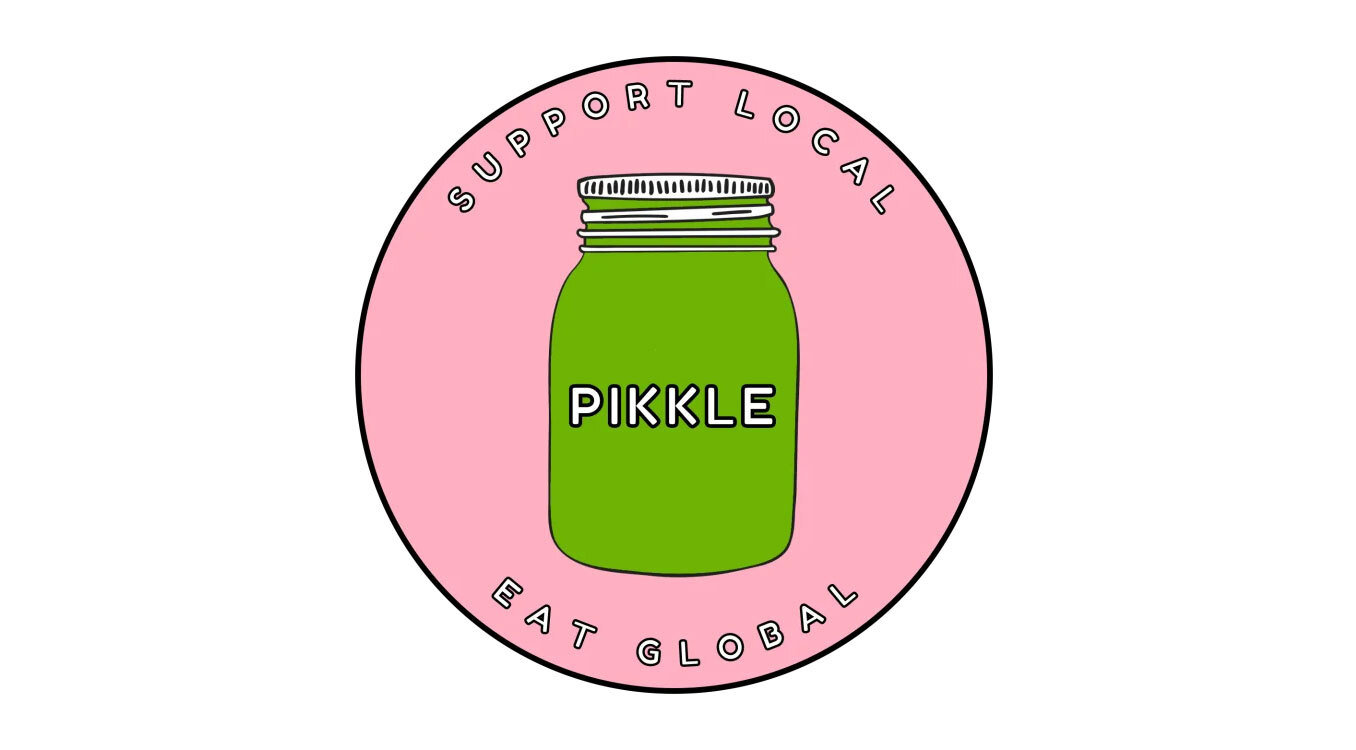Branded House vs. House of Brands
Branded House and House of Brands are two different brand architecture strategies that companies use to organise their brand portfolios.
Branded House
In a Branded House strategy, the company has a single master brand that is used across all of its products and services. This master brand is usually very strong and well-established, and all of the company’s products and services are branded under it. Examples of companies that use this strategy include Apple, Nike, and Virgin. These companies have a strong, recognisable brand that is associated with quality, innovation, and style, and they use this brand to market all of their products and services.
A Branded House strategy is often used by companies that want to build a strong, recognisable, and trusted brand. This strategy is effective when a company has a clear and compelling brand value proposition that can be applied to all of its products and services. The Branded House strategy also allows companies to benefit from the brand equity that they have built up over time, which can help them to increase customer loyalty and drive sales.
Usually, in a Branded House, each sub brand takes direct design consistency from the parent brand or brand above in the hierarchy. Sub brands would therefore incorporate either typeface, colour, iconography, or a mixture of all three. Important questions for consideration here would be; does the brand sit neatly within the parent brand structure? Does it demand clear space within the hierarchy? Is it a clear service or product that shares the same brand promise as outlined in the parent strategy? When the answer is yes to one or all of these then a Branded House is a good option and the mechanics of setting up each sub brand can be straightforward and easily implemented.
House of Brands
In contrast, a House of Brands strategy involves a company creating and marketing multiple brands that are separate and distinct from each other. Each brand is designed to appeal to a different market segment or product category, and they are marketed independently of each other. Examples of companies that use this strategy include Procter & Gamble, which has brands like Tide, Crest, and Pampers, and Heineken, which has brands like Sol, Amstel, and Tiger. These companies have multiple brands that are targeted at different customer segments, and they use each brand to market its own products and services.
A House of Brands strategy is often used by companies that have a diverse range of products and services that target different market segments. This strategy allows companies to create brands that are tailored to specific customer needs and preferences, and it can help them to gain market share in multiple product categories. The House of Brands strategy also allows companies to test and launch new products without risking damage to their core brand.
Usually, each sub brand sits independently within the brand hierarchy and may not celebrate the same brand promise. Brands such as these can still share space within a sub brand structure, sometimes with an ‘associated with’ or ‘powered by’ connection. The design of a distinct sub brand can offer more creative freedom around the look and feel whilst being respectful of the brand structure.
Pros and Cons
Pros of a Branded House strategy:
1. Strong Brand Identity
With a Branded House strategy, a company can create a strong and recognizable brand identity that is associated with quality, innovation, and style. This can help to build customer loyalty and drive sales.
2. Efficiency
Using a single brand across all products and services can be more efficient and cost-effective than developing and marketing multiple brands.
3. Brand Equity
A Branded House strategy allows companies to leverage the brand equity that they have built up over time, which can help them to increase customer loyalty and drive sales.
Cons of a Branded House strategy:
1. Risk
If a company’s master brand is damaged or loses relevance, all of its products and services could be affected. This can be a significant risk if the company relies heavily on its brand to drive sales.
2. Limited Flexibility
A Branded House strategy can limit a company’s ability to launch new products or enter new markets that may not fit within its existing brand identity.
3. Customer Confusion
If a company’s master brand is too broad or not well defined, customers may become confused about what the company offers or what its brand stands for.
Overall, a Branded House strategy can be effective for companies that have a clear and compelling brand value proposition that can be applied to all of its products and services. However, it may not be the best strategy for companies with diverse product offerings or those that need more flexibility to adapt to changing market conditions.
Pros of a House of Brands strategy:
1. Targeted Marketing
A House of Brands strategy allows a company to create and market multiple brands that are tailored to specific customer needs and preferences. This can help to increase customer loyalty and drive sales in different market segments.
2. Flexibility
A House of Brands strategy provides companies with more flexibility to launch new products or enter new markets that may not fit within their existing brand identity.
3. Risk Mitigation
With a House of Brands strategy, if one brand is damaged or loses relevance, it does not affect the other brands in the portfolio.
Cons of a House of Brands strategy:
1. Brand Equity
A House of Brands strategy does not allow companies to leverage the brand equity that they have built up over time, as each brand is marketed independently of each other.
2. Increased Costs
Developing and marketing multiple brands can be more expensive and time-consuming than using a single brand across all products and services.
3. Cannibalisation
If a company has multiple brands that compete with each other in the same market segment, it can lead to cannibalisation and a loss of market share.
Overall, a House of Brands strategy can be effective for companies with diverse product offerings or those that need more flexibility to adapt to changing market conditions. However, it may not be the best strategy for companies that rely heavily on their brand to drive sales or those with limited resources for brand development and marketing.
Summary
Branded House and House of Brands are two different approaches to brand architecture. The Branded House strategy involves a single master brand that is used across all of the company’s products and services, while the House of Brands strategy involves creating and marketing multiple brands that are separate and distinct from each other. There is no single “better” brand architecture strategy as both Branded House and House of Brands strategies have their own advantages and disadvantages, and the appropriate strategy depends on a company’s specific goals, market position, and product offerings. A well executed strategy, whether it is a Branded House or House of Brands, can help companies to build customer loyalty, increase market share, and drive long-term growth.


